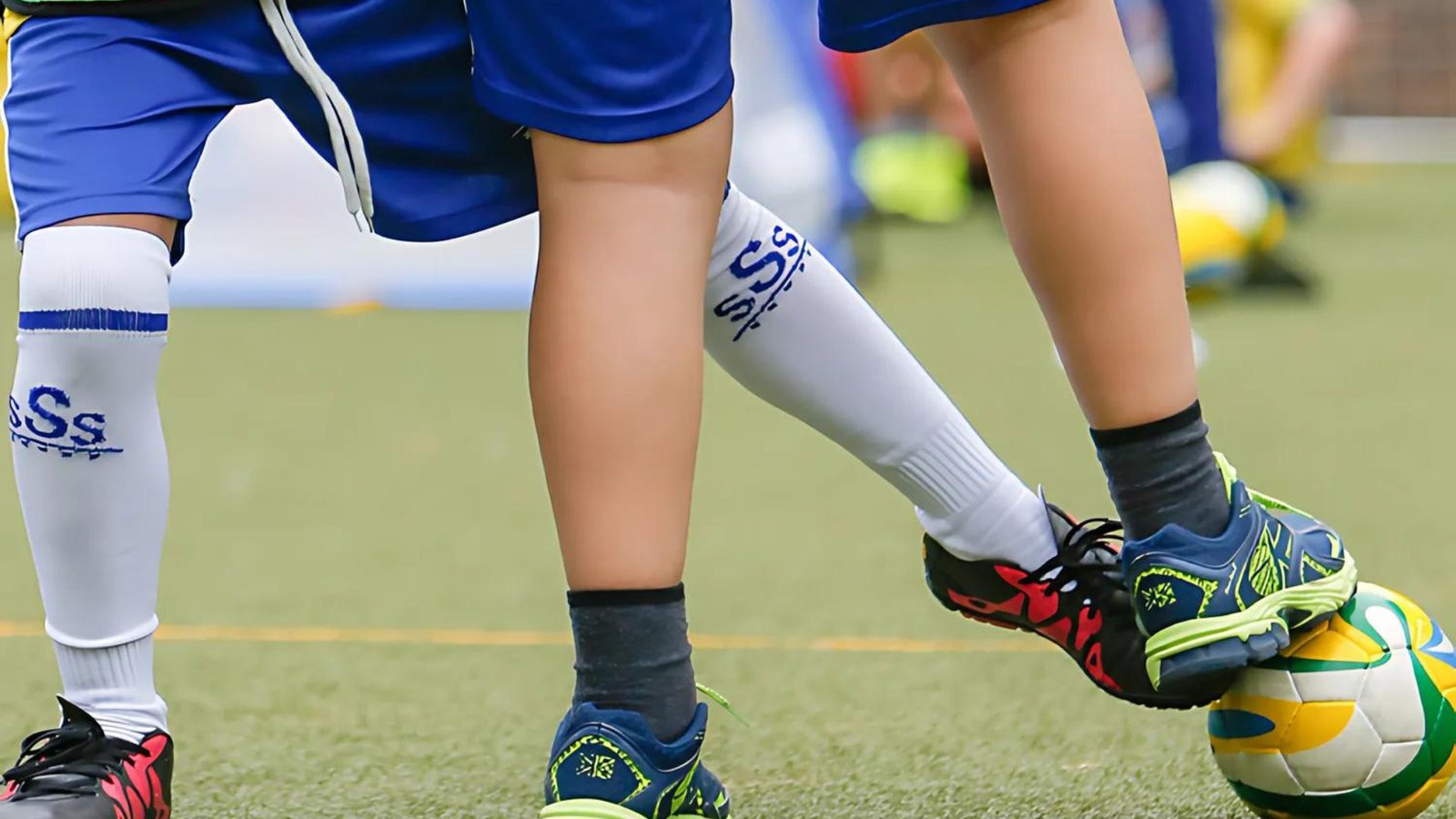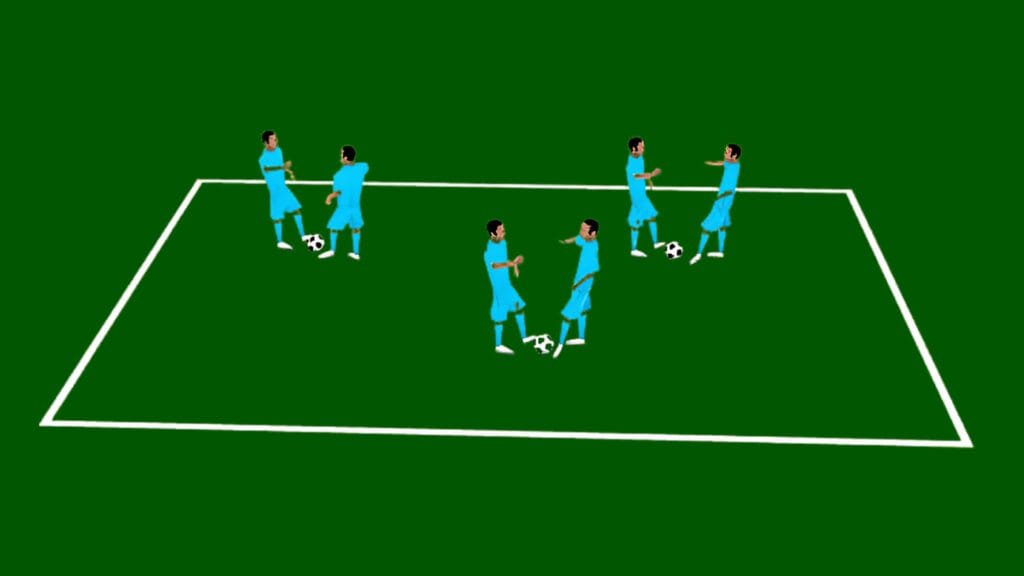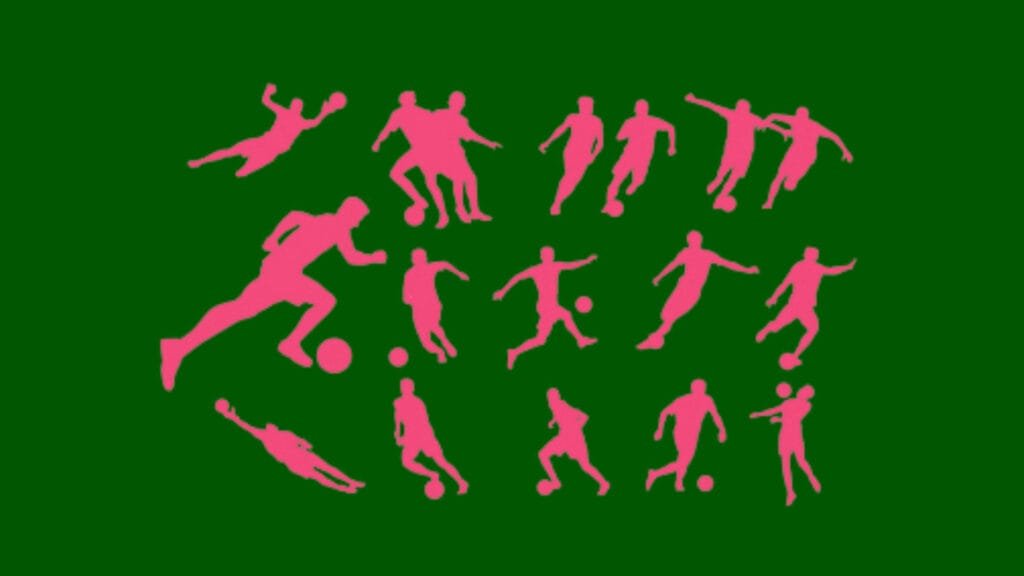
Introduction
Tackling is an action in which force is applying to the target intending at getting on the ball with the purpose of handling an opponent in football. Tackles in Youth Football is a sensitive issue that sought to be well handled in youthful football games but then stereo typed directions of how the falling athlete is handled is very vital. This article will therefore go on and explain some of the violent instants that are performed in football, especially when they are making their tackles and some few aspects that can be taken when handling the youths.
Types of Tackles Used in Football

- Standing Tackle: The defender chases in behind the ball carrier in order to retackle, whereby the hope is to recover the ball from the ball carrier with the foot part of any limb.
- Sliding Tackle: There is also a defender that gets to the ground, to the ground that the ball cannot be driven, and thus the other team cannot score.
- Shoulder Charge: Here the defender using the shoulder attempts to strike the ball, for the purpose of off balancing the enemy or simply, perhaps, to aggravate the enemy.
. - Jockeying: The defender closely follows the ball carrier, applying pressure and forcing them to make a mistake or pass the ball.
- Interception: The defender anticipates the opponent’s pass and steps in to win the ball.
Best Techniques for Tackling in Youth Football

- Emphasize proper technique: Teach players the correct form for each type of tackle, focusing on control, timing, and minimizing risk of injury.
- Encourage fair play: Stress the importance of making clean tackles and avoiding dangerous or reckless play.
- Provide appropriate training: Incorporate tackling drills and exercises into practice sessions, gradually increasing the intensity and complexity as players develop their skills.
- Monitor player safety: Closely supervise tackling activities and intervene if any player is engaging in unsafe or inappropriate behavior.
Different Types of Tackles in Football

Nevertheless, one must consider here that there are certain types of tackles that are permitted partially, because they are too dangerous for the participants performing them. These include
| Type of Tackle | Description |
| Studs-up Tackles | Contact with the opponent using the studs of the cleats. |
| High Tackles | Contact above the waist, risking injury. |
| Reckless Tackles | Contact with disregard for opponent’s safety. |
Types of Tackles Permitted in Football

Tackling however is widely used in football ( soccer) because helps in defence to get back the ball from the other end of the field. But not every sort of tackles which are there in the game is correct with the reason that a specific sort of tackle is considered to lead fouls or penalties. These are the sorts of tackles that are as a rule allowed in football and a brief clarification of each sort.
1. Standing Tackle
The defender is supposed to snow for the ball carrier and make a kick on the ball and at the same time should be on the toes. This kind of tackle is allowed provided it’s done without much force or even touching the opponent.
| Step | Description |
| Approach | Approach the ball carrier at an angle. |
| Body Position | Keep your body low and balanced. |
| Contact | Make contact with the ball using your foot. |
| Eyes on the Ball | Keep your eyes on the ball for a clean challenge. |
2. Sliding Tackle
where one of the players of a given team, positions himself or herself in a manner that in an attempt to regain the ball from the other team. This is legal in a situation which the player that is conducting a tackle on the ground has grounded the ball and not the opponent. Here I am got to know that biomechanics have a statutory role in a manner so as to make the tackle safe and legal.
| Step | Description |
| Use with Caution | Sliding tackles should be used with caution. |
| Technique & Timing | Requires proper technique and timing. |
| Contact | Teach players to contact the ball first. |
| Eyes on the Ball | Keep eyes on the ball and body low. |
3. Shoulder Charge
This type of tackle is allowed only when the players who are applying the tackle are level with the ball & they don’t move forward and head into the shooter or SHOULDER into the shot.
| Aspect | Description |
| Purpose | Use your shoulder to make contact with an opponent. |
| Execution | Execute the charge shoulder-to-shoulder. |
| Force | Avoid excessive force to prevent fouls. |
4. Jockeying
The above approach is allowed and is used to create pressure on the opponent, to make a mistake or to pass the ball.
| Aspect | Description |
| Purpose | Applies pressure to the ball carrier without direct contact. |
| Distance | Maintain a good distance, staying goal-side. |
| Pressure | Force the opponent to make a mistake by applying constant pressure. |
5. Interception
Interception is a situation where based on his anticipation of play, a defender, who anticipates that the opponent has passed the ball takes a correct posture to take the ball.
| Aspect | Description |
| Anticipation | Read the game and anticipate the opponent’s passes. |
| Positioning | Intercept the ball cleanly at the right moment. |
| Defensive Shape | Maintain a good shape and stay alert to potential passes. |
Tips for Executing Permitted Tackles in Football

Tackling is a defensive football skill of utmost importance that enables a baller to regain possession of the ball from the opponent. Here are some tips for executing permitted tackles in football
1. Proper Technique
Focus must be on proper tackling techniques to try to tackle legal and effective. Keep your body low, with your feet shoulder-width apart and weight in between. Go at the angles and apply contact with the inside or outside of your foot as you hit the ball against him.
2. Timing
Timing is everything while making a tackle. Wait for the right time, like when the opponent is taking a heavy touch or not well-balanced. Avoid diving in too early as well as making a tackle while not being in position
3. Commitment
You want to commit on the tackle. Once you start committing, see it through. When you retreat or pull out on the tackle, in all likelihood you will commit the foul, and the other guy gets his chance at retaining possession. Be careful not to commit too much.
4. Positioning
Positioning is key when defending. Stay goal-side of the opponent and maintain a good distance to allow you to react quickly. Jockey the opponent and force them into making a mistake or taking a heavy touch.
5. Anticipation
Anticipate what the opponent’s next play will be, and position yourself so that you can play it. If you can read his body shape, see the head moving, or catch a glimpse of where he is running, you may just intercept some passes, or make some timely tackles.
Conclusion
Then, it should be in a way that the players are not hurt and again, the techniques cannot be employed every time when the game is going on vigorously. Therefore, by focusing on the proper techniques of how to face and making sure that only clean soccer is played during the training period of the young players, the latter’s trainers can enhance their defense as well as their overall physical fitness simultaneously.
Such a thing as a legal tackle in football must be taken forward; proper strong challenges must be made without the evil intent behind it that could lead to a grave injury like mine.

Leave a Reply